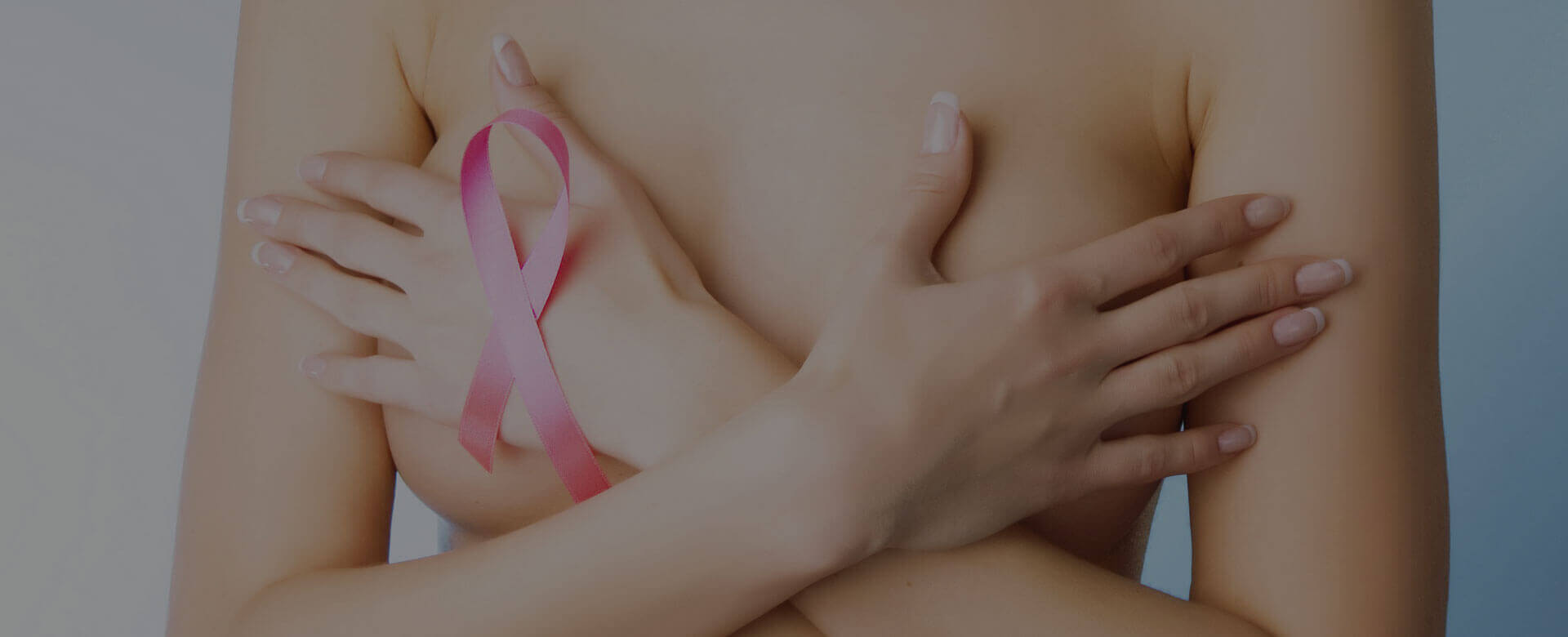Breast cancer is among women health main enemy. In 2018, approximately 15% of all women cancer death has been due to breast cancer; that means that 627,000 women died from this cancer worldwide. The disease impact 2.1 million women each year, with higher rates in more developed countries, impacting feminine health both physically and psychologically.
In fact, breast is both a symbol of maternity and seduction. It faces several changes during both menstrual cycle and a women lifetime. During aging it is normal for breast tissue to change in size and shape and to become more fatty, losing part of its glandular component. Moreover, the risk of abnormal growths increases. These are often harmless growths like cysts; however, sometimes they can be a sign of breast cancer.
Breast cancer causes and risk factors
Among breast cancer causes and risk factors are age, hormones, lifestyle, overweight, obesity and radiation therapy aimed at the chest. In 2005 it has been calculated that 21% of all breast cancer deaths worldwide was due to alcohol use, physical inactivity, overweight and obesity. In high-income countries, where overweight and obesity contribution is stronger, this percentage rised up to 27%. In general, the adoption of western lifestyle is a negative factor increasing breast cancer incidence.
The majority of breast cancer are sporadic. The risk is increased by a factor of 2 to 3 in the presence of a familial history of breast cancer. However, mutations in genes associated with a very high risk (like BRCA1 and 2 and p53) account for only a small percentage of total breast cancer cases. Also in the presence of these hereditary mutations, women inherit breast cancer predisposition and not breast cancer itself. For cancer to develop it is needed that other mutations accumulate in a cell DNA.
How to prevent breast cancer
Early detection is not a way to prevent breast cancer. It helps identify cancer at stages in which it is more easily treatable, but already present. Healthy diet, control of alcohol intake, regular physical activity and maintaining a healthy weight could instead eventually help reduce individual breast cancer risk. However, only genetic testing can reveal the accumulation of new mutations suggesting an increased risk of breast cancer development.
HelixGyn prevention test
HelixGyn is Bioscience Genomics’ genetic test that allows breast cancer primary prevention, that is to reduce breast cancer development risk. It is based on a simple blood draw and on the monitoring of the so-called genetic stability by analyzing the presence of known DNA mutations. Thanks to this innovative test every woman, with or without a familial predisposition to breast cancer, can discover if their DNA already accumulated mutations involved in breast cancer and if it is necessary to adopt more pressing prevention behaviors or enter prevention screening for early cancer detection.
For more informations, visit HelixGyn web page or call us at +971 (0)4 375 7220.
References:
Danaei G et al. Lancet. 2005 Nov 19;366(9499):1784-93.
Causes of cancer in the world: comparative risk assessment of nine behavioural and environmental risk factors. doi: 10.1016/S0140-6736(05)67725-2
NHS. Breast changes in older women. https://bit.ly/2lvvBhD. 03/09/2019
WHO. Breast cancer. https://bit.ly/2ACw0CD. 03/09/2019
WHO. Breast cancer: prevention and control. https://bit.ly/2lvvbYq. 03/09/2019


